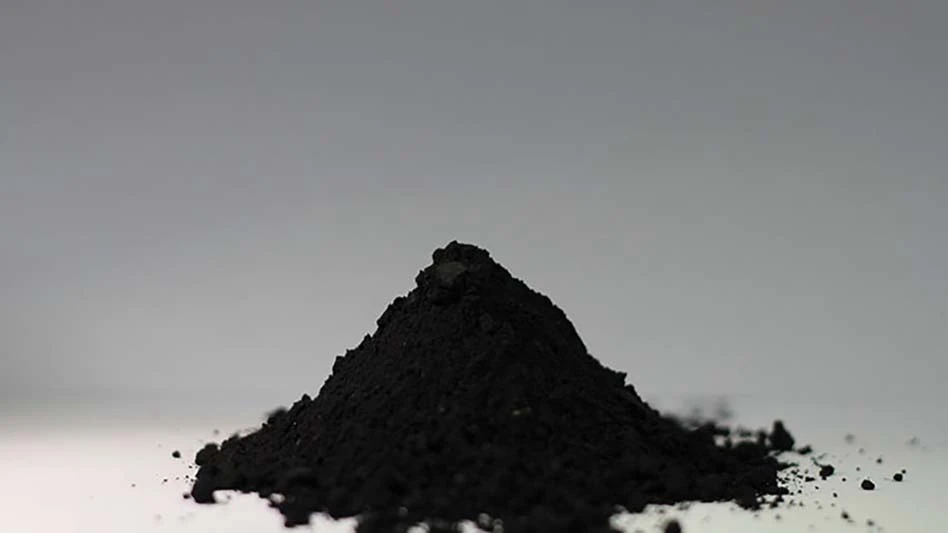
After a bullish August, base metals and steel continued to correct lower in the third trading week of September 2017. Since the top reached Sept. 5, the Bloomberg Industrial Metals Index has lost 3.33 percent, albeit still showing a gain of 16 percent since the start of June 2017, when the rally started.
Among the base metals, the worst performer is nickel, which shed 10 percent of its value between Sept. 5 and Sept. 21, followed by iron ore (-8.62 percent) and copper (-5.9 percent).
Regarding why metals have lost value, we see the main “excuses” emanating from China. First, China property price appreciation slowed in August. Of the 70 cities monitored by China’s National Bureau of Statistics (NBS), 47 saw price increases—the fewest since December 2015. Price rises and transactions have slowed in recent months on the back of tightening policy measures.
Chinese government agencies have been extending their crackdown on property buys. According to Bloomberg, China’s central bank and its banking commission have asked local branches to rein in consumer loans that are being offered for property purchases and are in breach of existing rules.
Base metals also lost value following a sudden U.S. dollar appreciation after the odds of another Fed rate hike in 2017 jumped to 63 percent following the Fed’s FOMC (Federal Open Market Committee) September meeting. That is up from 50 percent before the meeting.
Goldman Sachs reacted by writing, “The near-term message from the FOMC was hawkish, with 12 out of 16 participants projecting a third 2017 rate hike, upgrades to the GDP and employment forecasts, and continued skepticism from Fed Chair Janet Yellen about the significance of weaker than expected core inflation numbers. We have consequently upgraded our subjective probability of a rate hike in December from 60 percent to 75 percent.”
Copper prices continue to be pressured by inventory dynamics, as the LME (London Metal Exchange), the U.S.-based COMEX and SHFE (Shanghai Futures Exchange) held a combined mid-September inventory of more than 640,000 metric tons, a 17 percent increase from the prior week. LME “on warrant” inventories have skyrocketed by 114 percent in the first half of September.
Confirmation the copper market is well-supplied also came from the treatment charge/refining charge (TC/RC) side. Copper TR/RCs have risen by 5.7 percent in the first half of September (from 7.97 cents per pound to 8.42 cents per pound), according to Metal Bulletin.
SHFE aluminum prices hit their highest point in nearly six years in mid-September, on a report that Aluminum Corp. of China (Chinalco) has started cutting production in Henan province some two months before official winter restrictions kick in. The most-traded SHFE aluminum contract experienced a 3.9 percent rise in value on Sept. 13, hitting its highest value since October 2011.
LME canceled warrants for aluminum (orders to remove the metal from warehouses) have jumped 19 percent recently—the highest jump since March 2016, according to Bloomberg, which reported canceled warrants in Asia also have risen. The increase in orders likely points to the evidence of supply-side reforms materializing, and as such is a positive news for aluminum.
Similar measures are occurring on the steel side: Beijing, Tianjin and Hebei Province in China have all rolled out measures to cut air pollution as the winter season approaches. Tianjin’s government will restrict production in steel, casting, coking and the making of construction materials, with steel output projected to be cut in half. Steelmakers have front-loaded a lot of production in anticipation of the cuts, which means the market should remain well-supplied.
Also in the steel sector, a Reuters article took note of the graphite electrode shortage affecting the steel industry globally. Among the melt shops closed in China for environmental reasons were many makers of graphite electrodes, used in electric arc furnace (EAF) steelmaking. Prices of electrodes “have soared nearly nine-fold,” according to Reuters.
Commodities Pricing Trends
Sept. 21, 2017 Jan. 1, 2017 % change
LME Copper $6,456 $5,481 +17.8%
SHFE Copper $7,532 $6,813 +10.5%
LME Secondary Aluminum $1,780 $1,560 +14.1%
LME Nickel $10,720 $9,970 +7.5%
LME Ferrous Scrap $347 $297 +16.8%
SGX Iron Ore $70.36 $74.01 -4.9%
SHFE Rebar $603 $434 +38.9%
[Prices per metric ton.]
The author is managing director of Milan, Italy-based T-Commodity, and can be reached at gianclaudio@t-commodity.com. T-Commodity is a consultancy specializing in market intelligence, risk management and educational services on commodities and foreign exchange markets.
Get curated news on YOUR industry.
Enter your email to receive our newsletters.
Latest from Recycling Today
- LME reports active Q2
- Liberty Steel assets facing financing deadlines
- Sims is part of Australian recycling loop
- Tariffs target steel exporters Brazil, Canada and South Korea
- Buy Scrap Software to showcase its software at Scrap Expo in September
- LG details recycling activities
- Algoma EAF is up and running
- Toyota-Tsusho completes acquisition of Radius Recycling





